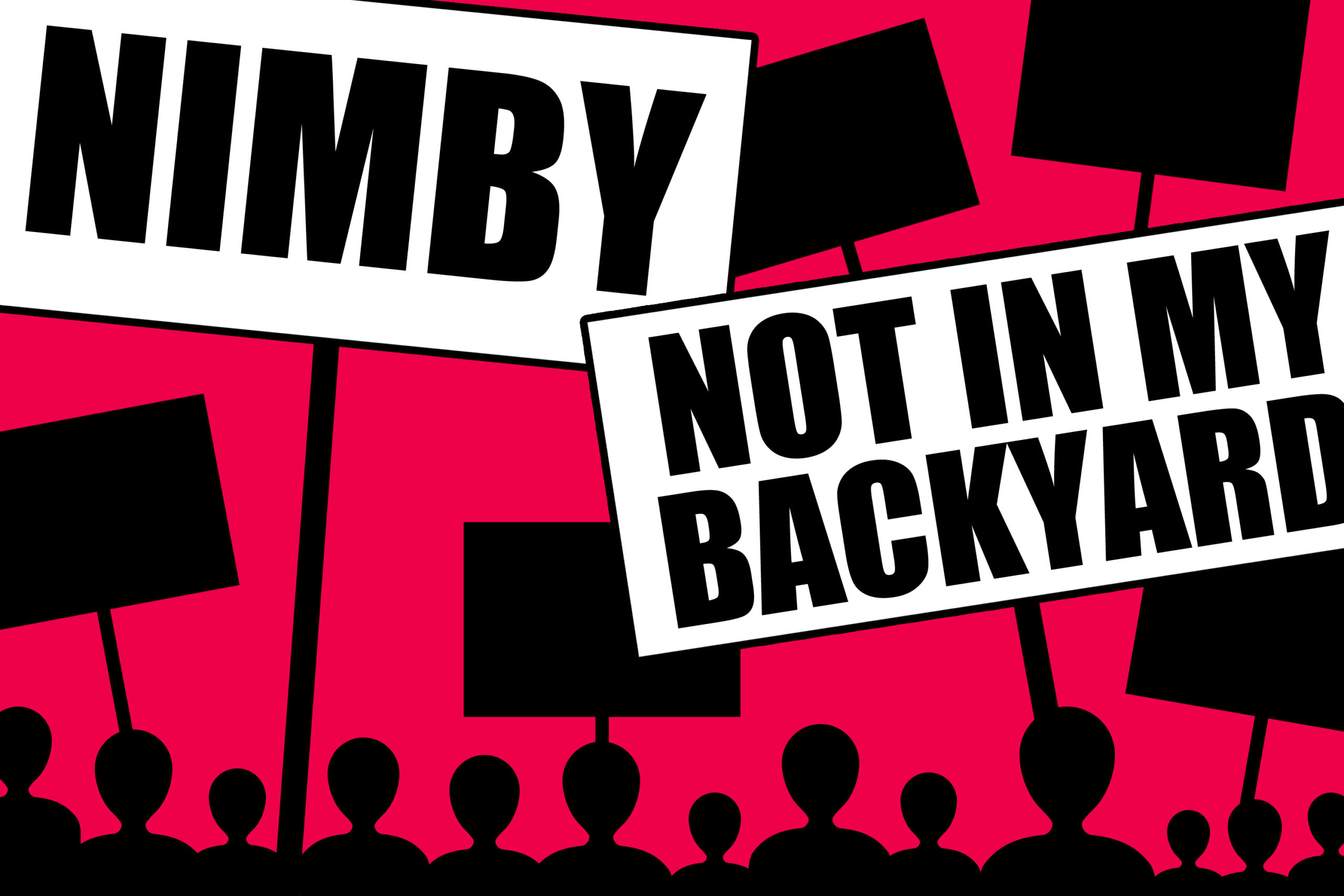 California’s perpetual dearth of housing and the state’s ongoing efforts to address that situation have been featured regularly in this blog. Concerns over this predicament have extended to the highest levels of California government: In 2017, Gavin Newsom promised to “lead the effort to develop the 3.5 million new housing units we need by 2025” if he were elected Governor.
California’s perpetual dearth of housing and the state’s ongoing efforts to address that situation have been featured regularly in this blog. Concerns over this predicament have extended to the highest levels of California government: In 2017, Gavin Newsom promised to “lead the effort to develop the 3.5 million new housing units we need by 2025” if he were elected Governor.
At present, there are multiple measures making their way through the legislature in Sacramento intended to address the housing crunch. Proponents argue that, while these measures do not directly create housing, they could reduce several of the economic and political constraints standing in the way of this effort. Critics, on the other hand, point to the possible unanticipated consequences of these efforts and raise concerns about how these measures could affect California’s standing as a desirable place to live. I have described a few of these proposals below.
SB 50 provokes passionate discussions
Introduced by State Sen. Scott Wiener of San Francisco, this measure is intended to encourage developers to build multifamily housing located:
- within a half-mile of a rail transit station;
- within a quarter-mile of a high-frequency bus stop; or
- within a “job-rich” neighborhood.
Minimum parking requirements would be sharply curtailed by the measure, and local zoning codes would be mandated to allow buildings to be either 45 or 55 feet tall, depending on specific local factors. In support of this proposal, housing advocates contend that California must do all it can to accommodate the housing needs of an expanding population in all economic strata of our communities. The only solution to traffic gridlock and skyrocketing housing costs, they argue, is to build more housing closer to employers.
Many local governments are lining up against the measure, asserting that it strips too much authority from local municipal bodies. They argue that the measure will negatively impact school funding and local quality of life. By far, the most vocal objections come from those concerned about the measure’s “up-zoning” impacts, i.e., increasing the supply of lower cost housing by encouraging more dense construction near transit centers.
There is evidence that this approach may not increase the total stock of housing in the short term or medium term, however. Other critics also point to the fact that the type of development being encouraged tends to displace persons of limited means. Anya Lawler, policy advocate for Western Center on Law and Poverty, noted that state planning requirements, if not drafted with care, can be deleterious to poor communities. “We know that the gentrifying effects of increased densities can trigger displacement. We’ve seen this play out over and over again, and we shouldn’t continue to repeat the same mistakes,” said Lawler.
To ameliorate these concerns, this measure attempts to provide protections for existing renters. Communities identified as “sensitive” to displacement and gentrification would be able to delay the application of the standards for five years, giving them time to plan to reduce these effects.
UPDATE: In recent weeks, SB 50 has advanced further along in the legislative process, but has been modified to narrow its coverage. In early April, the bill passed the Senate Housing Committee on a 9-1 vote. Subsequently, Wiener’s bill was merged with SB 4, which had been introduced by Mike McGuire of Healdsburg, and was approved by the Senate Governance and Finance Committee. The merged bill would now apply only to those 15 counties with more than 600,000 people (in the Bay Area, these are San Francisco, Alameda, Contra Costa, San Mateo and Santa Clara Counties), but would exempt cities of less than 50,000 people in the coastal zones, as well as high fire risk areas and historic districts, and would allow in counties having less than 600,000 people a limited entitlement process and permit an extra story on buildings located less than ½ mile from transit stops, but only in those cities having populations greater than 50,000, and exempting suburbs and rural areas in those counties.
SB 330 calls for a state of emergency
The Housing Crisis Act of 2019 (SB 330), which has been introduced by East Bay State Sen. Nancy Skinner, declares that there is a statewide housing emergency, and would suspend, for a 10-year period, specific local rules and regulations deemed to be obstacles to housing production, and would establish reasonable time periods for processing housing permits. Current provisions include:
- A moratorium on “downzoning” neighborhoods—that is is, reducing the number of units that can be built on a parcel—from January 1, 2018 through January 2030. For example, if city already allows a four-unit building on a site, SB 330 would bar a city from reducing that number to three or less.
- A prohibition on housing moratoriums, caps on new housing construction, and building permits and zoning variances from January 1, 2018 through January 2030.
- A ban on raising housing fees, increasing or enforcing minimum parking requirements, or enacting costly design standards.
- A suspension on collecting housing fees on affordable housing development.
- Capping the number of public hearings related to a new housing development to a total of 3 and shortening the timeline for approval to no more than 12 months.
- A ban on the demolition of rent-controlled or Section 8 housing. SB 330 would also prohibit the demolition of affordable housing units unless they offer tenants relocation assistance and the first right of refusal to units in the new housing development at commensurate rents to what the tenants had been paying.
Senator Skinner notes that California is next to last in the number of housing units per capita nationwide, and that it is estimated that the housing shortage costs California $140 billion in lost economic output annually. Along with Governor Newsom, Senator Skinner points out that California’s housing production has failed to keep up with population growth: Despite an estimated need to build 180,000 more housing units each year, the California Department of Housing and Community notes that California has averaged less than 80,000 units built per year over the last decade.
AB 11 and SB 5 bring back some redevelopment funding
AB 11, introduced by Assembly Member David Chiu of San Francisco, and SB 5, introduced by State Sen. Jim Beall of San Jose, would provide a significant amount of direct funding for, inter alia, additional housing development by bringing back, to a certain extent, the redevelopment agencies (RDAs) that were eliminated in 2011. Chiu’s AB 11 would restore those RDAs essentially as they existed back at that time. SB 5 would then provide for a maximum of $250 million per year to be funded to these agencies through a similar financing structure, which would then all be used for either housing or transit-oriented development. As a result, these measures would provide a new source of funding for affordable housing. Detractors, however, argue that funding for these agencies, even at the levels proposed in in SB 5, would take money away from existing expenditures where tax revenue would normally go—schools, infrastructure, and other county and city services.
As the legislative session moves forward these measures may fail, be further modified, or attract powerful backing or opposition. While they will likely not provide a complete answer to our housing woes, it seems certain that 2019 will see at least some changes in our local housing landscape.



